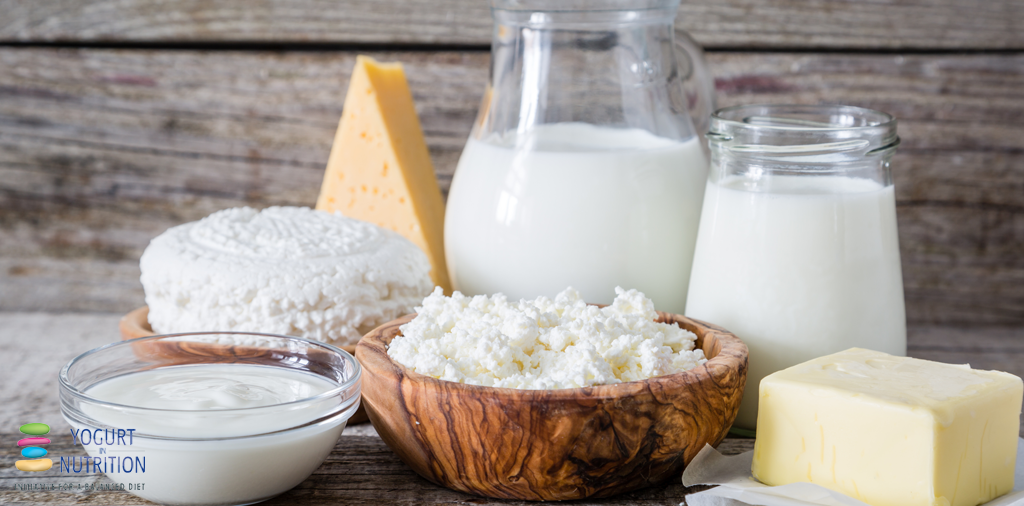A major challenge of today’s world is how to produce food to keep us all healthy while reducing the harmful effects of producing that food on the environment. It’s a delicate balance, which becomes all the more tricky as our world population grows. Eating more plant-based foods and less meat is advocated by many experts, but what about dairy products?
Dairy foods are nutritious and affordable compared with many other foods but where do they sit in terms of environmental effects? To answer this question, the authors of this UK study have looked at the nutrient content, health benefits, cost and environmental impact of diets containing different amounts of dairy products.
How does farming affect the environment?
Agriculture can damage the environment through its greenhouse gas emissions (GHGEs) that are linked to global warming, land and water use, and pollution of lakes and rivers.
Fertilisers and manure that run off farmland into lakes and rivers encourage the growth of algae and other plant life, and this leads to reduced oxygen levels in the water. This is called ‘eutrophication’, and the lack of oxygen kills off fish and other aquatic animals. Lakes and rivers are also affected by increasing levels of carbon dioxide in the air – this gas dissolves in water and makes it more acidic (acidification), which can harm some aquatic animals and plants.
Effect of high-dairy diet on eutrophication
In this study, the authors analysed data from 1,655 adults taking part in the UK National Diet and Nutrition Survey, using 4-day food diaries to estimate the amounts of milk, cheese, yogurt and dairy desserts consumed. The data were also assessed for environmental impact, cost and markers of health and cardiometabolic disease.
The good news from this study is that dairy content of the diet isn’t likely to affect GHGEs or acidification. But the authors found that diets high in dairy products were more likely to cause eutrophication than diets low in dairy products.
Other foods, particularly breakfast cereals, also contributed to the potential environmental impact associated with high-dairy diets. It is important to consider all the foods in a diet when assessing environmental impact, say the authors.
‘Diets containing the highest amount of dairy products had significantly higher eutrophication potential compared with diets containing the lowest, although there was no significant difference in GHGEs and acidification potential across all levels of dairy intake.’ – Hobbs et al, 2019.
Dairy is low cost and linked to high diet quality
On the other hand, milk and dairy products are rich in nutrients that we need to stay healthy, so it is important that we include them as part of a balanced diet. This study showed that diets containing the most dairy product were cheaper than the average UK diet and diets containing the least dairy. For many nutrients (e.g. calcium, iodine, vitamin B12 and riboflavin), dairy foods are a good low-cost source.
Consuming milk and dairy products was associated with better overall diet quality, the authors found. Higher-dairy diets contained more high-fibre breakfast cereals, vegetables, fruit, tea, coffee and water, and less alcohol, chips and sugary soft drinks.
High-dairy diet is linked to lower blood pressure
Dairy intake wasn’t associated with levels of fats in the blood, but people eating a high-dairy diet had lower blood pressure than people eating a low-dairy diet. Bioactive peptides released from dairy foods during digestion may be responsible for the blood pressure benefits, say the authors.
They point out that environmental data for many other food groups are lacking and further studies are needed urgently to address this.
‘Diets with the highest dairy content had higher nutrient composition, better diet quality, were associated with lower blood pressure and financial cost, but with higher eutrophication potential’ – Hobbs et al, 2019.



